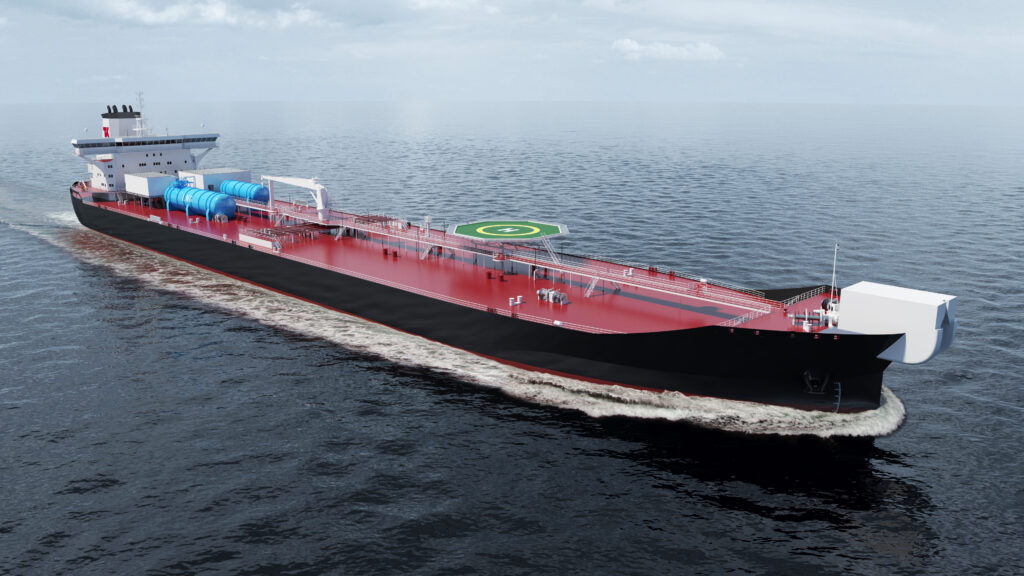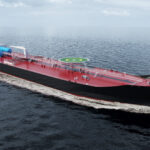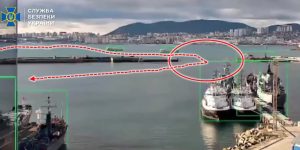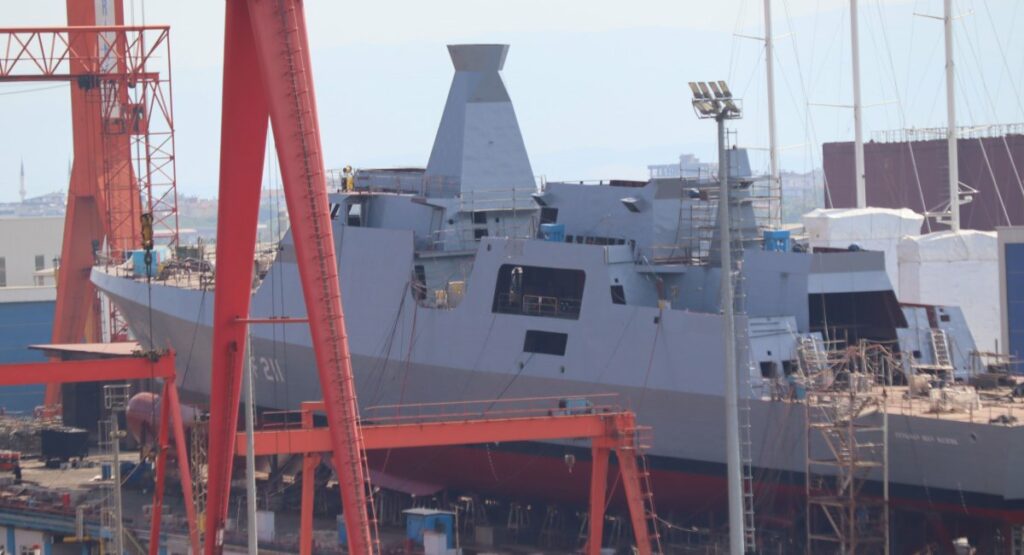The prices for old tankers increases due to sanctions against russian federation

We are telling why prices for old tankers are rising, how sanctions against russia have affected shipowners, and what to expect from the tanker market at the end of this year.
Outdated fleet
Recently, tanker prices have been rising in line with raw material prices. According to the data from Gibson Shipbrokers, VLCC and Suezmax tankers show a significant increase in value. At the same time, there is a significant discrepancy between the increase in prices for new vessels and the pre-owned ones.
“What’s interesting is the difference in growth rates between newbuilds and 5-year-old vessels versus 10- and 15-year-old vessels,” reports Gibson.
In particular, the cost of new VLCCs and Suezmax increased by 17% and 13% for the year. This is due to rising of the prices for raw materials, a reduction in the number of shipyards and a relative increase in prices for other types of vessels such as container ships. However, the demand for new tankers does not show significant growth. Due to the aforementioned reduction in the number of shipyards, the market is experiencing problems with new orders.
It’s a completely different story with pre-owned tankers — their prices have been rising much faster this year. From 2021, the five-year VLCC and Suezmax jumped in price by 17% and 23% respectively. Gibson gives an example: the VLCC order is valued at US $120m for a new vessel – versus US $85m for a five-year-old vessel. And it is more economical to purchase a pre-owned tanker: it will be cheaper to modernize a five-year-old tanker. In addition, there are currently no berths at the shipyards for new tankers.
The most interesting increase in prices was demonstrated by tankers that are 10 years old or older. Over the year, 15-year tankers have jumped 58.5% in price, while 10-year VLCCs are up 20.5%.
“This was driven by increased demand from mainly Middle Eastern, russian and Asian buyers looking to assemble a fleet of older tankers to carry russian oil,” Gibsons said.
On the other hand, there are also sellers of such tankers. Shipowners will try to get rid of old tankers on the eve of EU sanctions on russian oil. Owners of old tankers expect more “tough” sales conditions after the embargo. In addition, it is now profitable for shipowners to sell old vessels for reinvestment in new tonnage.
Ice class vessels
As part of this trend, there is an increase in sales and demand for Suezmax and Aframax ice-class vessels capable of operating during the Russian ice season.
In May-August 2022, shipowners spent about $1 billion on the purchase of ice-class vessels — five times more than in the same period of 2021.
During the period from May to August, 42 pre-owned ice tankers were purchased in the world, compared to 12 in the same period last year. The total carrying capacity of the “ice” fleet is about 4 million tons, mainly for the transportation of raw oil. Gibson notes that Chinese and Emirati companies were among the buyers.
As a result, oil carriers from Russia will have to go beyond the Baltic Sea, where the largest Russian terminals are located, for which they will need special vessels. According to Vortexa Ltd., Baltic ports are major export centers for petroleum products, including diesel fuel, most of which is still destined for Europe.
“Shadow” tonnage and sanctions
The cost of old tankers is also affected by the demand for the “shadow” fleet, which consists of old vessels and on which countries such as russian federation can operate even under sanctions.
“However, easing sanctions on Iran would reduce the market value of the shadow fleet, as commercial opportunities to engage in this trade would diminish. Instead, there will be legal trade opportunities for young, more efficient vessels that will be involved in the trade of these cargoes,” Gibson believes.
Essentially, all these factors contribute to a positive outlook for tanker prices. Overall, the investment prospects of the tanker market have improved compared to the prolonged decline of the market over the past 20 months, and this is attracting the attention of potential investors.
Torm A/S, a major player in the tanker transportation market, shares the same opinion. The company believes that the ban of the European Union on the import of fuel from russian federation will most likely lead to a jump in demand for oil tankers.
We would like to remind, that from the beginning of December 2022, the supply of oil from russia to the EU countries by sea transport will be prohibited, and in another two months, an embargo on the import of diesel fuel, aviation fuel and other petroleum products will come into effect. This means that the EU will have to transport fuel from distant exporting countries to replenish its supply.
“The EU ban on Russian oil products from February 2023 will lead to a complete overhaul of the entire oil trade ecosystem. Some changes to this system have already begun,” Torm said in a statement.
Changes in the oil trade are forecast to lead to a 7% increase in the tonne-mile indicator, a key indicator of demand in the shipping industry because it takes into account two aspects — the volume of cargo and how far it is carried. Europe will need to import oil products, mostly diesel fuel, from the USA, India and the Middle East.
Russian diesel exporters will also have to look for new buyers, probably in Latin America, Africa and Turkey, analysts say.
“We assume that the need to replenish both commercial and strategic oil reserves in many countries will continue to support demand for product tankers,” Torm said in a statement.
The increase in demand for oil tankers is also facilitated by the closure of refineries in importing countries – due to the transition to “green” energy and the consequences of the coronavirus pandemic, as well as the construction of new capacities by exporters.
According to Torm, there has already been a significant jump in demand for imports from Australia, New Zealand and South Africa, where refineries have recently closed, and the overall trend may continue.
What may come next?
The tanker market is now experiencing a new upswing after a long decline. Yes, russian federation partially influenced the increase in the cost of tonnage. However, this should not be seen as a problem, but as another way of investment. For example, the owners of the old fleet will be able to get more funds to reinvest in new vessels or to modernize their tonnage. In addition, it is worth mentioning that in recent years the tanker market did not show strong jumps – and was generally considered not too attractive for investment.
However, there are also disadvantages. Currently, it is difficult to predict the duration of demand, as well as the fall in prices after the start of the embargo on Rosneft. It is also not known how long the shortage of shipbuilding capacity will last and when the shipyards will be able to meet the market demand for newbuildings. Therefore, the owners of tankers are currently rather restrained in assessing their own prospects, hoping for more accurate forecasts from analysts already in December of this year.





